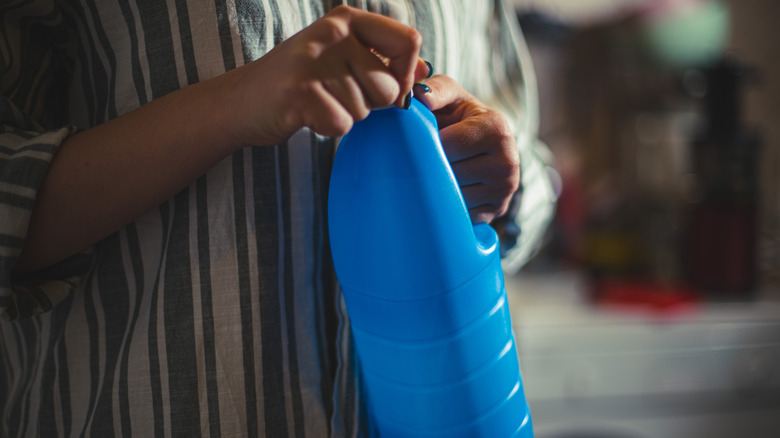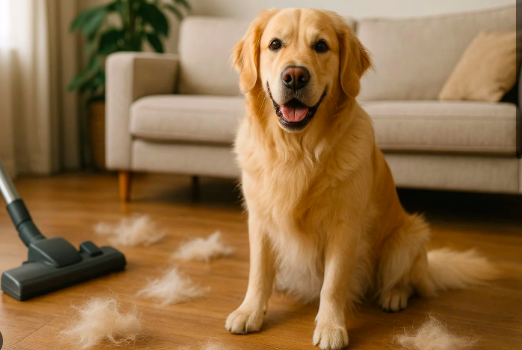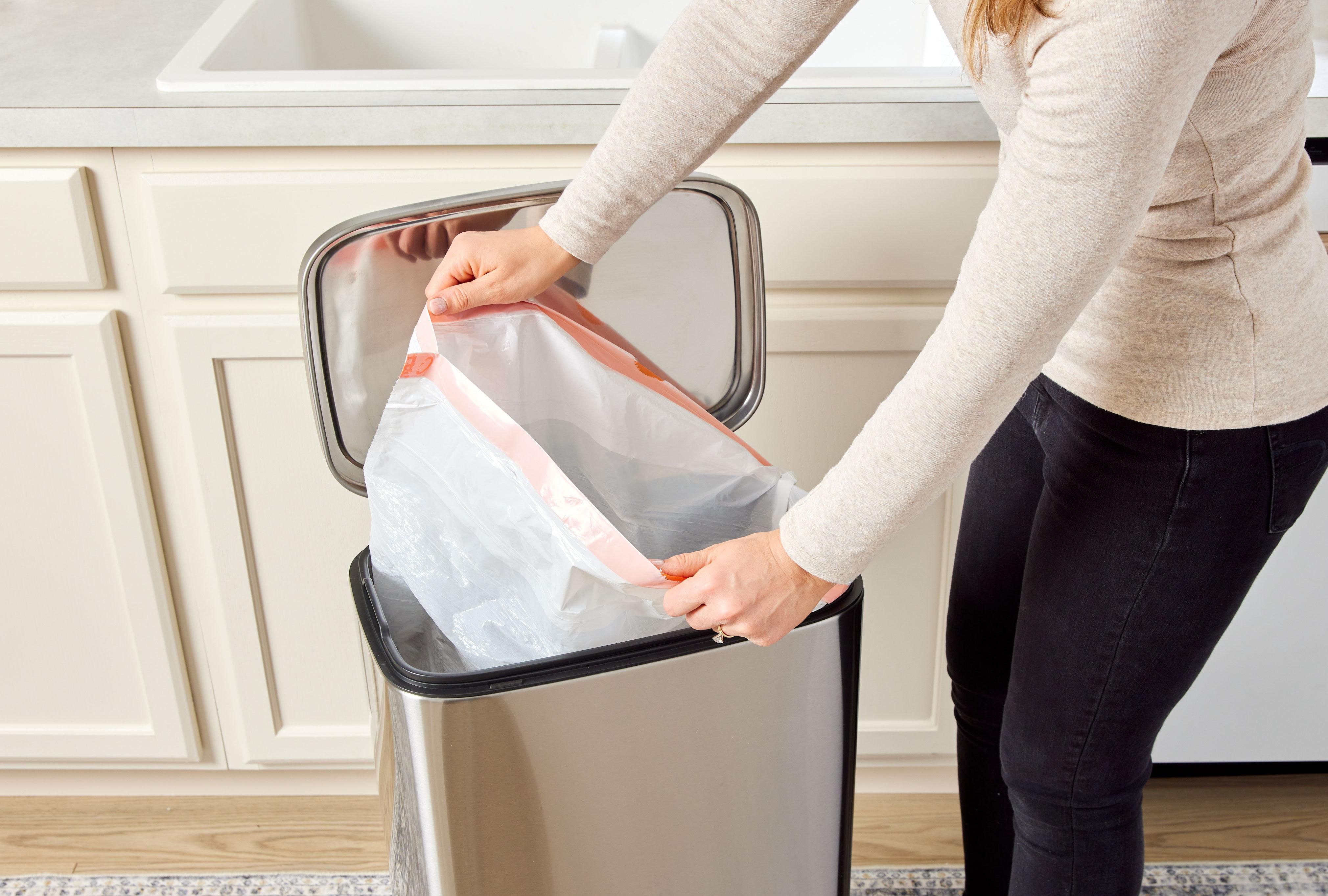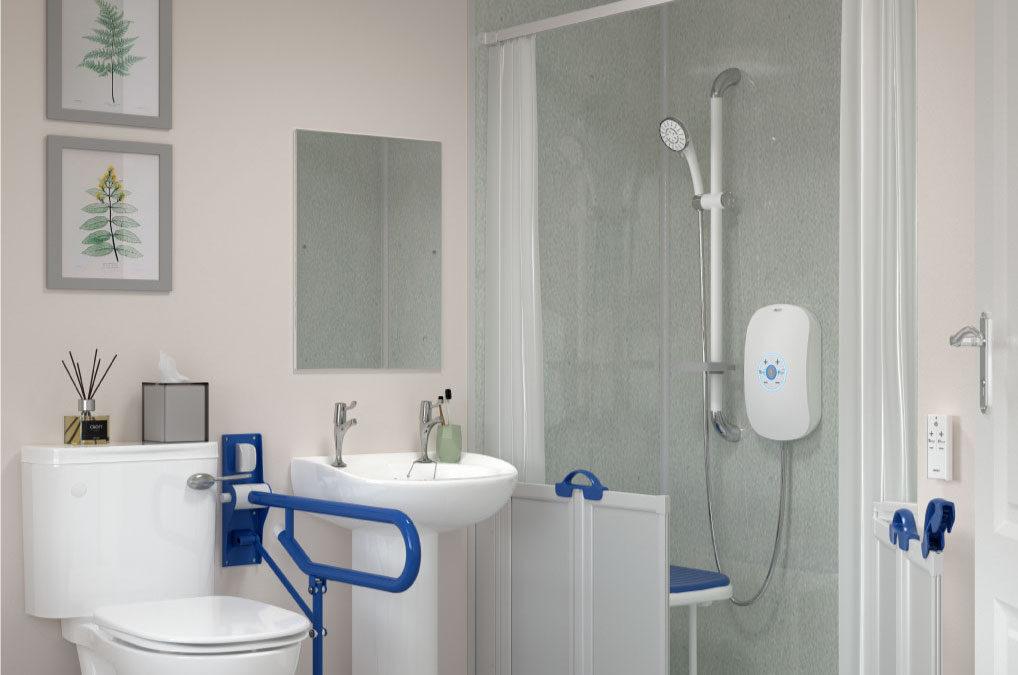Bleach is a powerful disinfectant that keeps homes clean and germ-free. However, when it’s time to dispose of leftover bleach, many people are unsure how to do it safely. Pouring bleach out improperly can harm the environment, damage pipes, or mix dangerously with other household chemicals.
The good news is that disposing of bleach can be done safely and easily if you follow the right methods. Whether you want to pour it out, recycle the container, or give it away, this complete guide will show you the best ways to dispose of bleach responsibly and protect your home, plumbing, and the environment.
Why Proper Bleach Disposal Matters
Bleach contains sodium hypochlorite, a strong chemical that kills bacteria but can also harm aquatic life and corrode materials if released undiluted. Disposing of bleach properly:
-
Prevents chemical pollution in waterways.
-
Protects septic systems and pipes from corrosion.
-
Keeps your household and community safe from accidental chemical reactions.
By following safe disposal practices, you can help maintain a cleaner environment while ensuring your safety.
Best Ways to Safely Dispose of Bleach
There are three safe and simple ways to get rid of bleach at home:
-
Pouring it out safely with water
-
Recycling or disposing of the container
-
Giving or donating leftover bleach
Let’s go through each method step-by-step.
Method 1: Pouring Out the Bleach
Step 1: Dilute the Bleach with Water Before Pouring
If you choose to pour bleach down the sink drain, always dilute it first.
-
Turn on your kitchen faucet and let water flow steadily.
-
Slowly pour the bleach down the drain while water is running.
-
When finished, allow the water to run for an extra 10–15 seconds.
This ensures the bleach is safely diluted and washed away without harming your pipes.
Important:
Never pour bleach without water. Undiluted bleach can corrode metal plumbing and damage septic systems.
Step 2: Dispose of Bleach Using the Toilet
For smaller amounts of bleach (less than 1 liter or about 0.25 gallons):
-
Pour the bleach into the toilet bowl.
-
Flush immediately to dilute and move it through the plumbing.
-
If you have more than 0.25 gallons, pour and flush in two separate rounds.
If your toilet has little water in the bowl, add a cup of water before pouring in bleach to help with dilution.
Step 3: Never Mix Bleach with Other Chemicals
Only mix bleach with water—never with vinegar, ammonia, or other cleaners. These combinations release toxic gases that can be extremely harmful to breathe in. Always ensure the sink or toilet is free of other cleaning agents before disposal.
Method 2: Disposing of the Bleach Container
Even after the bleach is gone, the container itself needs proper handling.
Step 1: Check the Label for Recycling Information
Look for recycling symbols like “PET” or “HDPE” on the bottle. These indicate that the container can be placed in your household recycling bin.
If the label is unclear, contact your local recycling center to confirm whether they accept bleach containers.
Step 2: Make Sure the Container is Completely Empty
Before disposing of or recycling the container:
-
Pour any leftover bleach out safely using the steps above.
-
Add a small amount of water, close the lid tightly, and shake the bottle to remove residue.
-
Pour the rinse water down the drain with running water.
-
Replace the cap once the bottle is completely empty and dry.
Step 3: Throw the Container in the Trash if It’s Not Recyclable
If your local recycling program doesn’t accept bleach bottles, place the clean, empty container in your regular household trash. Never throw out half-filled bleach containers; make sure they are fully emptied and rinsed first.
Method 3: Using Up or Giving Away Bleach
Instead of pouring bleach away, consider putting it to use or giving it to someone else.
Step 1: Offer It to Family, Friends, or Neighbors
Ask if anyone around you needs bleach for cleaning, disinfecting, or laundry. You can also post a message in a local community group or chat to find someone who can use it.
Step 2: Donate It to Local Organizations
Many facilities regularly use bleach for cleaning. Contact local:
-
Churches
-
Nursing homes
-
Homeless shelters
-
Food kitchens
-
Animal shelters
Ask if they accept small donations of household cleaning supplies like bleach. This helps reduce waste while benefiting your community.
Step 3: Post Online for Free Pickup
If no one nearby needs it, post your leftover bleach on online platforms like:
-
Craigslist
-
Facebook Marketplace
-
Freecycle.org
Clearly state that the bleach is free, partially used, and safe to collect. This ensures it goes to someone who genuinely needs it rather than being wasted.
Important Safety Tips for Handling Bleach
-
Always handle bleach in a well-ventilated area.
-
Keep bleach away from children and pets.
-
Never mix bleach with ammonia, vinegar, or acids.
-
Wear rubber gloves and eye protection when pouring or cleaning up spills.
-
Store bleach in a cool, dark place, away from heat or sunlight.
Final Thoughts
Learning how to dispose of bleach safely helps you protect your household, plumbing, and the environment. Whether you pour it down the drain with plenty of water, recycle the empty container, or donate what’s left, following these simple steps ensures your bleach is handled responsibly and safely.



